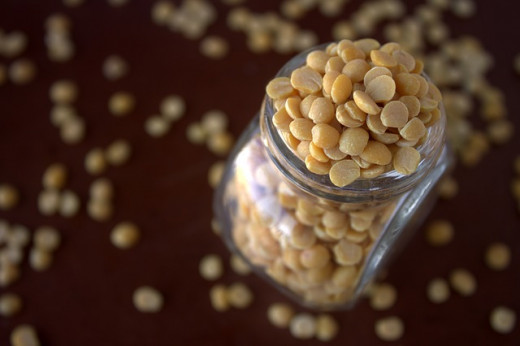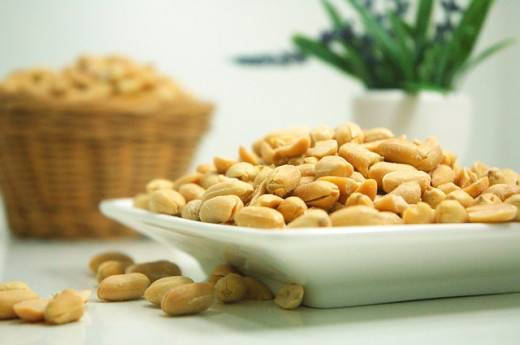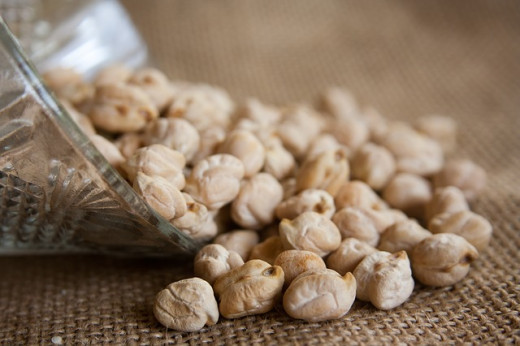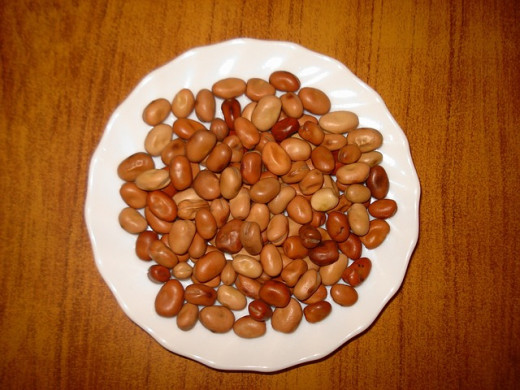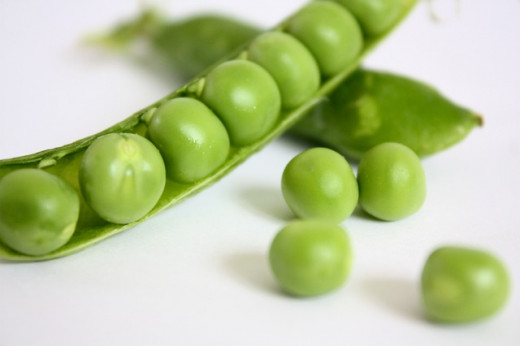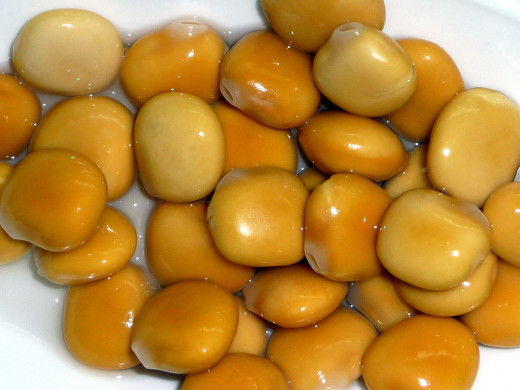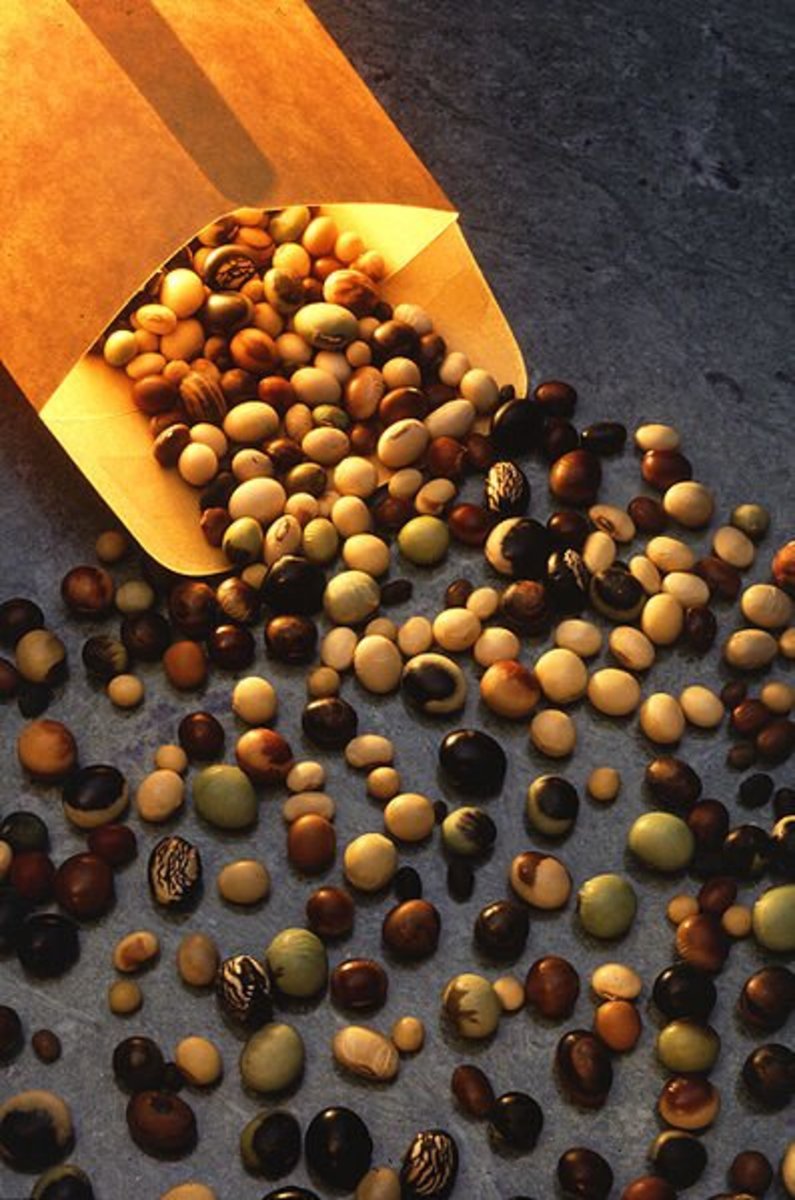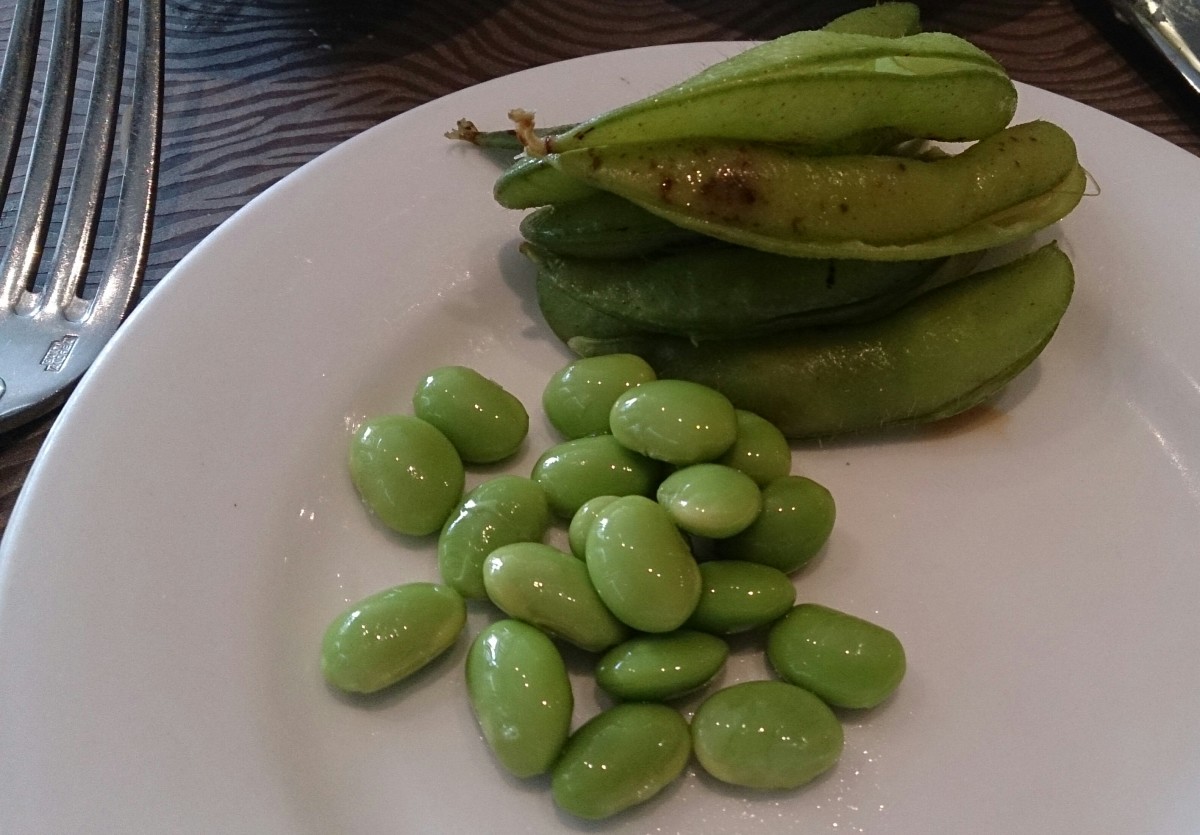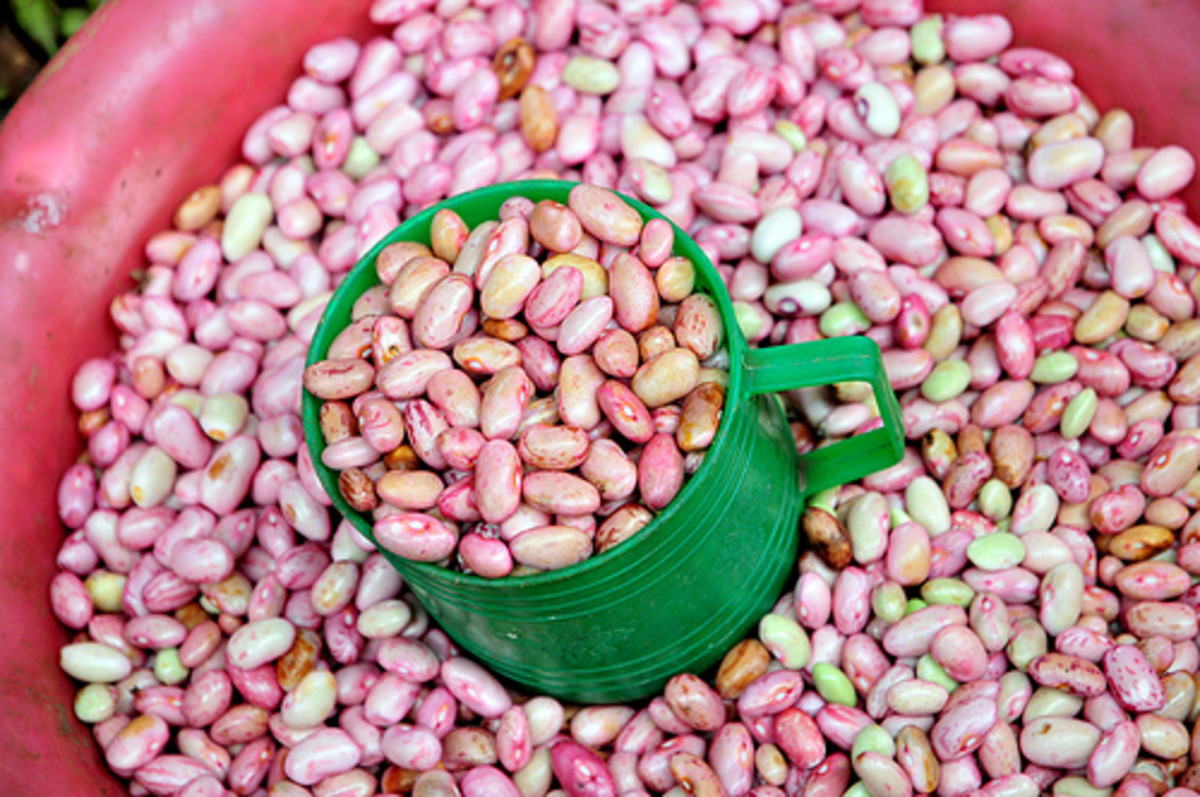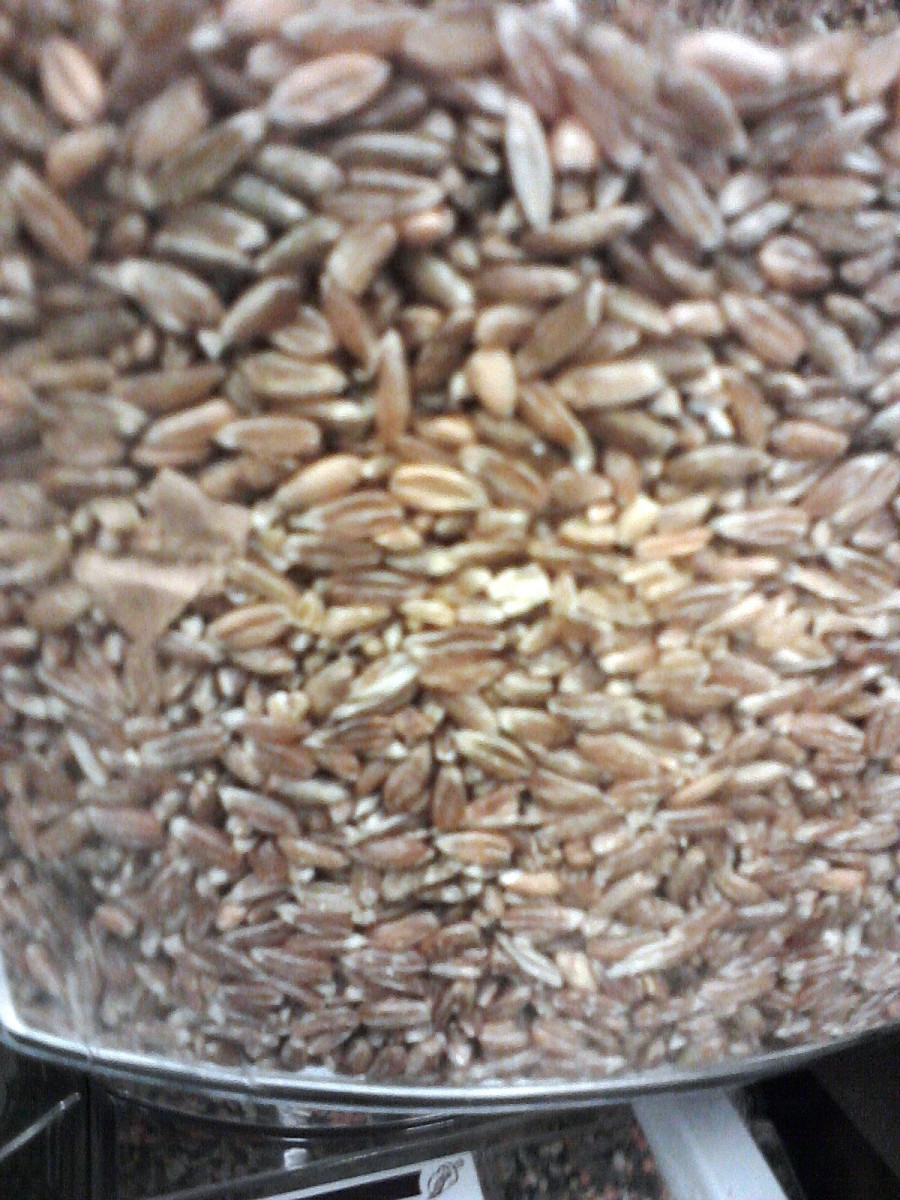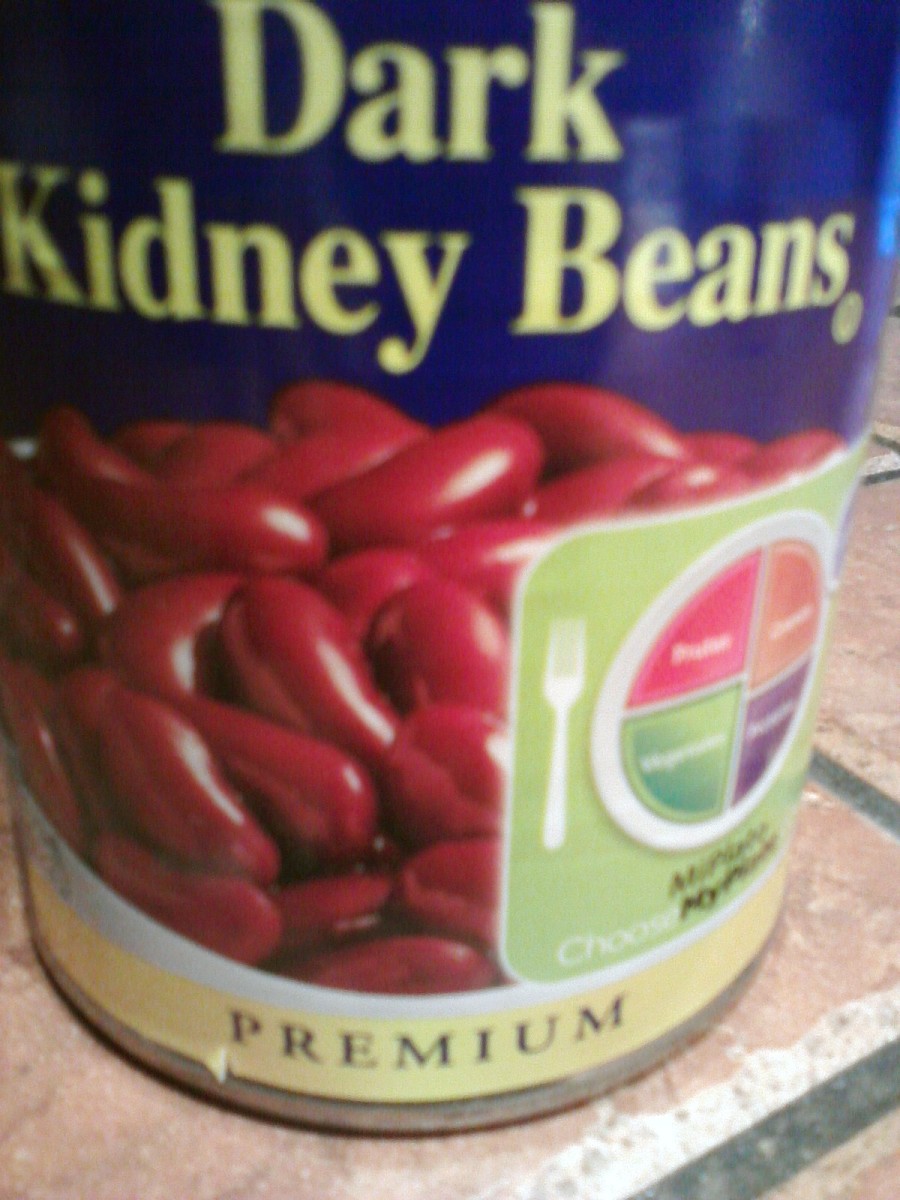- HubPages»
- Food and Cooking»
- Cooking Ingredients»
- Vegetable Ingredients
Green Cuisine: The Pulse Grain Legumes
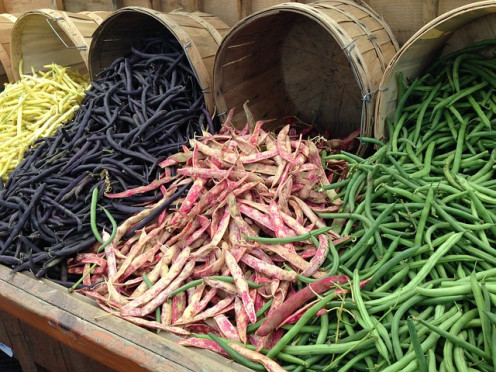
The Pulse Plant Family
A pulse is a grain legume of the family Fabaceae of plants that feature papilionaceous (5-petal butterfly-shaped) flowers and seed pods. Most of the legumes existing in nature need no industrial fertilizers, because they enjoy a natural symbiosis with a Rhizobium bacterium.This relationship provides organic proteins that are made directly from out of the surrounding atmosphere's nitrogen content. This eliminates the need for commercial nitrogen-based fertilizers.
Grain legumes are cultivated primarily for their seeds, rich in both energy and protein. As a food, they provide humans with this protein and energy as well.
This is where the term pulse is important. Mature, dry grain legume seeds are called pulses in the world of industry are are used for both animal feed or for human food. This does not include the specific seed varieties used for oils (leguminous oil seeds), like soybeans, which are 20 - 25% fat. While soybeans are often fed to pigs in Ohio, for instance, they are more often pressed for oil,
Grain vs. Forage
ANIMAL FEED
Forage legumes are grown as animal-feed crops. Cows, goats, pigs, or other animals graze it or eat its hay or silage. For industrial purposes, forage legumes may be used to produce alternative energy products and for other items. Within this group of legumes, clovers (Trifolium spp.) and medics (Medicago spp.) and lucerne or alfalfa in are well known forage legumes.
HUMAN FOOD
Grain legumes by contrast are food crop plants for humans, often grown for crop seeds taken at maturity, when they are most full of the coveted protein and energy. The agricultural industries call them pulses. Pulses are human foods.






Crop Production
LOCATIONS
Over 40 species and innumerable varieties (members of species) of grain legumes thrive globally.They can be separated generally into two categories, divided by climate, although there are exceptions:
- Temperate (cool season) varieties such as peas and chickpeas (garbonzas).
- Tropical (warm season) varieties like pigeon peas (very old), soybeans, and peanuts.
European Pulses and Their Taxonomic Tribes
- Fabeae - Peas, fava beans, lentils
- Phaseoleae - Soybeans, Phaseolus beans.
- Genisteae - Lupins
- Cicereae - Chickpeas
Western Grain Legume Facts 2010
- A full 75% of all grain legumes globally (over 180 million tons/year) = soybeans.
- Leading soybean growers are in the Western Hempishere:
1) USA, 2) Brazi, 3) Argentina, 4) Paraguay, 5) Uruguay
- 30-year increase in production of soybeans 1980 – 2010 = 215%, to 185 million tons.
- 30-year Increase in production of other grain legumes = 50%, to 57 million tons.
.
[Data from OSU Extension Service and Dept. of Agriculture.]
Bitter lupins can cause poisoning in humans and animals, if not properly prepared. Safer are the sweet lupins (low alkaloid content) and lupins sold in a brine or as a salted snack.
People Who Like Grains and Pulses
Click thumbnail to view full-size





Research Findings
Soybean Councils
- Ohio Soybean Council
From edamame to hog feed to biodiesel. - SoyGrowers Homepage
The American Soybean Association is a membership organization that represents soybean producers for international trade in soybean exports and in domestic policy issues in Washington.
- US National Soybean Research Laboratory - 101 W Peabody Drive 35 EASB Urbana IL 61801 US. Phone: 217-333-6422. Facebook Page: https://www.facebook.com/nationalsoybeanresearchlaboratory?rf=129822560397815
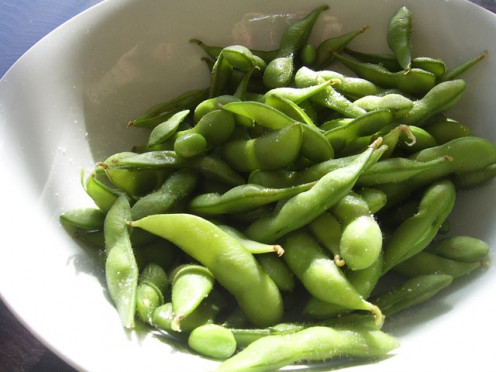
The Ubiquitous Soybean
Today, soybeans are everywhere in America. Grown in over 50% of the nation, they were nearly unknown in the USA in the year 1900. Seeds cultivated by a few Anerican farmers that grew soybeans are kept and continued today by the National Soybean Germplasm Collection in Urbana, Illinois. They appear in a number of varieties and colors, with continued research into improving quality and quantities of annual yield as well as development of new varieties.
Soybean Varieties
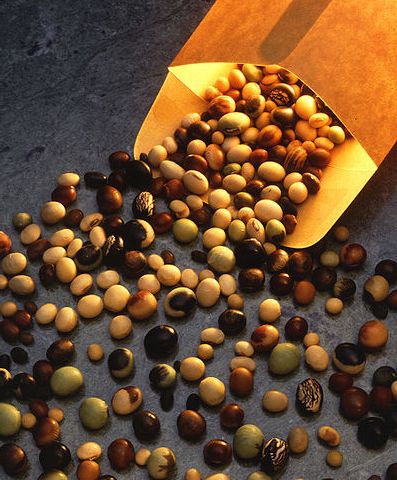
Soy Genetic Research
The Soybean Genomic Project was conducted by a consortium of American universities, including the University of California at Berkeley and the University of Missouri. It completed research for more efficient and prolific production of soybeans for animal feed, human foods, and additional products.
Biodiesel processed from soybeans is one of the products of the project, an alternative fuel that is considered an important front runner for sustainability. In the human healthcare field, soy has been applied and even shows some promise for the successful treatment of skin tumors (UC Berkeley). Biofuel reference for additional information; Soybean Fuel History
It was reported in March 2010 that 5,000 years after the first written reference to soy was found on a list of Chinese plants, the soybean genome has been fully sequenced. It is the very first legume to be genome-sequenced, with the genetic findings useful in future plant production, increasing oil and protein contents, and cultivation for pathogen resistance.
Mapping the Way to a Better Soybean
Soy Edamame: Grow Your Own
Puchase and Storage
Soybean oil can be purchased in a number of different grocery, department, and variety stores in America. As a snack food, toasted, raw, and toasted flavored soybeans are available from a number of groceries, specialty shops, and online. Soybean oil is used of packing small fish like kippers and sardines, and soy lecithin is found in many foods, as well as in capsule form at health food stores and pharmacies.
Soybeans are the basis for tofu, which is available at many of the same places as are soy oil and soybeans. Asian markets offer a large selection of types of tofu as well.
Left in their green pods and consumed whole, soybeans are called edamame. The advertising campaign for this food suggests that humans have an additional basic taste besides sweet, sour, bitter, and salty. The Fifth Taste, they say is "savory" or edamame. Seeds for growing you own edamame are becoming widely available and are advertised on Amazon.com.
Soy milk can be purchased in cartons or hermetic containers in "plain" or a variety of flavors.
STORAGE
Soybean oil comes packed in bottles and should be kept in a cool dry place away from sunlight that may breakdown the oil. This is recommended for soy lethicin capsules as well.lecithin can also be purchased in a powder form, which should be kept sealed and dry.
Tofu comes in tubs or vacuum paks and is to be kept sealed and refrigerated, along with fresh edemane. Frozen edemame shouldbe kept sealed in the freezer compartment of the refrigerator and used within a few months.
Soybean nut snacks and health food bars can be stored in the bags or oaks in which they are sold, much like peanuts. Placing the nuts in an airtight container and storing them in the freezer compartment will slow the breakdown process of the fat content of soybeans and increase shelf life.
© 2010 Patty Inglish MS

